The Ancient Kemet (Egypt) they didn’t show you: More than Just Pyramids and Sphinx
Oh, they only told you about the Great Pyramids of Giza and the Sphinx?
We will give them a break, because the great pyramid and the great sphinx are among the oldest and most mysterious sites in the world. But they don’t quite paint the full picture of Kemet aka Ancient Egypt. There are literally thousands of structures and, artifacts for us to explore.
Starting in southern Egypt, we will be noting just some of our favorite ancient locations, sites, and Temple Complexes along the Nile River down to north Kemet(aka Lower Egypt, remember waterways runs north in the southern hemisphere)
Here is the list of our favorite ancient Kemetic (Egyptian) sites we’ll be exploring:
- Temple of Ramses II
- Temple of Isis
- Temple of Horus
- Temple of Ramses III
- Temple of Khnum
- Theban Necropolis
- Ramesseum
- Temple of Hatshepsut
- Karnak Temple Complex
- Valley of the Kings
- Valley of the Queens
- Temple of Mentuhotep II
- Tempe of Ramses III
- Colossi of Memnon
- Temple of Hathor and Dendera Necropolis
- Temples of Abydos
- Temple of Seti I
- Great Osirion Temple
- Ramses II Temple Palace
- Rock Tombs of Hasan
First up…
Temple of Ramses II
Location: Abu Simbel, Egypt
Estimated Year Built: 1264 BC
- Rediscovered in 1813 by Swiss Researcher
- Relocated 1968 due to the Aswan Low Water Dam Installation,
- Goes 60 meters deep into the mountain
- Sun hit the Ramses sitting amongst gods through the front door at dawn (6:29 am) on spring and autumn equinox
Temple of Nefertari
Temple of Isis
Location: Philae, Egypt
Estimated Year Built: 690BCE
- Relocated to a similar island in the Nile river due to the Aswan Low Dam Installation
- The temple of Isis from Philae at its current location on Agilkia Island in Lake Nasser
- Philae is Greek it was called Pilak in ancient Kemet
Temple of Horus
Location: Edfu, Egypt
Estimated Year Built: 237 BCE
- One of the best-preserved ancient monuments in Kemet.
- Only the upper reaches of the temple pylons were visible by 1798 when the temple was rediscovered by a French expedition.
- It took 62 years, 1860, before beginning to uncover the temple from the desert sands
Temple of Khnum
Location: Esna, Egypt
Estimated Year Built/ Rebuilt: 1500BCE / 180 BCE
- Originally built around 1500 BC under Pharoah Tuthmosis III
- Most of the temple is still covered by the old town of Esna.
- Quay connecting the temple to the Nile was built by Roman emperor Marcus Aurelius (AD 161–180).
- The Romans added the hypostyle hall, with well-preserved carvings from as late as the 3rd century AD. It is the only part of the temple that is excavated and can be visited today
- The temple now stands in the middle of the modern town at a level about nine meters below that of the surrounding grounds.
Theban Necropolis
Location: Luxor, Egypt
Estimated Year Built / Rebuilt: 1400 BCE
If you’re looking for a place to visit in Egypt that is not the Great Pyramid and the Sphinx, this is the place.
Arguably just as impressive and mysterious. We will dig deeper into Thebes at a later time, but right now let’s get familiar with the basics.
- Luxor and was previously known as Thebes, which is a rename itself.
*** A Note About Names
Most of the names used in modern day and in this article are not the original names.
Inhabitants, cultures, and languages have changed over time. Original names are known and engraved on many artifacts. While it is important to learn original names and languages, we find that it is most helpful to also use the more popular names for early reference purposes. Just be in the know.
Luxor and its surrounding areas are home to the largest collection of Kemetic structures, including:
- Ramesseum
- Temple of Hatshepsut
- Karnak Temple Complex
- Valley of the Kings
- Valley of the Queens
- Temple of Mentuhotep II
- Tempe of Ramses III
- Colossi of Memnon
Ramesseum
Location: Luxor, Egypt
Temple of Hatshepsut
Location: Luxor, Egypt
Valley of the Queens
Location: Luxor, Egypt
Valley of the Kings
Location: Medinet Habu
On the west bank of the Nile lies the Valley of the Kings, a necropolis used to house the bodies and belongings of many pharaohs from Thutmose I all the way until Ramesses X or XI. There are 63 tombs in the area, built there between 1539 BC to around 1075 BC.
The Karnak Temple Complex
Location: Luxor, Egypt
- Karnak is a vast mix of temples, chapels, pylons, and other structures near Luxor, in Egypt.
- The complex today is a vast open site and includes the Karnak Open Air Museum.
- It is the second most visited historical site in Egypt, next to Giza Pyramids.
- Structures in the Karnak Temple Complex include:
- Karnak Temple
- Temple of Amun
- Temple of Khonsu
- The Precinct of Amun-Re
- Wadjet Hall
- Ramesses III Chapel
- The Great Hypostyle Hall
- The Temple of Hatshepsut
- Tuthmosis III Hall
- Temple of Amenhotep IV
- Precinct of Mut
- Deir el-Medina
- and more
Let me not just casually browse past the Karnak Temple. We are working an article dedicated to this temple.
This temple is the source for some of the most ancient and hidden knowledge.
The location, the shape, the material, the carvings, and the math behind the architecture of the building, support that is was made to be a 3d book of ancient knowledge. The details of this temple show an advanced ancient understanding of physics, metaphysics, astrology
The architects of the Luxor temple used sacred geometry to depict the human body in perfect ratios. The holiest part of the temple corresponds to the pineal gland and higher states of consciousness.




We will dig much deeper into the understandings of the Temple of Karnak very soon. Let’s proceed with our tour for now.
Temple of Ramses III
Location: Medinet Habu, Egypt
- Ancient Kemetians called this place Djanet
- The Medinet Habu complex of buildings here dates from the early 18th Dynasty when Hatshepsut and Tuthmose III dedicated a temple to Amun.
- Medinet Habu is about 4 miles from the Valley of the Kings near the foot of the Theban Hills at the southern end of western Thebes. It is the best-preserved temple at Thebes
Excavation dates: 1859 and 1899
Colossi of Memnon
Location: Medinet Habu, Egypt
- The twin statues depict Amenhotep III in a seated position, his hands resting on his knees and his gaze facing eastwards
- The statues are made from blocks of quartzite sandstone which is believed to have quarried at el-Gabal el-Ahmar (near modern-day Cairo) and transported 675 km (420 mi) overland to Thebes (Luxor) because the stones are believed to be too heavy to have been transported upstream on the Nile
- The colossi reach a towering 18 m (60 ft) in height and weigh an estimated 720 tons each. The two figures are about 15 m (50 ft) apart.
- Both statues are quite damaged, with the features above the waist virtually unrecognizable. The southern statue comprises a single piece of stone, but the northern figure has a large extensive crack.
- The original function of the Colossi was to stand guard at the entrance to Amenhotep’s memorial temple (or mortuary temple): a massive construct. these are remnants of the complex to flooding, pillage, and an earthquake in 1200 bc
Temple of Hathor and Dendera Necropolis
The Dendera Temple Complex covers an area of 43,000 square feet and is surrounded by a large mudbrick wall. Within this enclosure are various structures, including the Temple of the Birth of Isis, a Roman mammisi, a sanatorium, and a sacred lake.
The most dominant part of the Dandara temple complex is undoubtedly the Temple of Hathor.
Temple of Hathor
Location: Dendara, Egypt
Estimated Year Built / Rebuilt: 2500 BCE / 54 BCE
The temple has been modified on the same site starting as far back as the Middle Kingdom and continuing right up until the time of the
- Roman Emperor Trajan
- Roman Emperor Tiberius
- Ptolemy XII and nearly
- Queen Cleopatra VII, around 54 to 20 BCE
There is evidence of that date the site back to at least 2500 BCE.
Now, we will talk about this more in depth later but… Take a close look at the pictures taken of the Temple of Hathor.
I’ll let you leave your comments below with your thoughts on that.
Temples of Abydos
It consists of 3 temple sites:
- Temple of Seti I
- Great Osirion Temple
- Ramses II Temple
Temple of Seti I
Location: Abydos, Egypt
Estimated Year Built: 1250 BCE
- Seti not only opened mines and rebuilt damaged temples, but he also continued the construction on the hypostyle hall of Karnak.
- Seti I himself was buried in the Valley of the Kings. it is assumed Sometime during the Third Intermediate Period, his mummy was moved from this tomb and was placed in a Valley of the Kings chamber along with several other pharaohs where it lay until rediscovered in 1881.
Great Osirion Temple
Location: Abydos, Egypt
Estimated Year Built: UNKNOWN
- The Great Osirion Temple is yet another very mysterious ancient Kemetian site.
- And to be clear, by mysterious I mean “little to no understanding”
- Take a close look at the pictures taken of the Abydos. We will definitely get more into this site as well.
- Granite Blocks about 76 tons each
- No mortar
- The closest quarry is 200 miles away
- Floods with water that comes up from underground
- Very Restricted Acess
I’ll leave it at that for now.
Rock Tombs of Hasan
Location: Beni Hasan, Egypt
Estimated Year Built: 2125 BCE
- The site of Beni Hasan lies on the east bank of the Nile near the town of Minya in Middle Egypt. The principal monuments here are Middle Kingdom tombs carved into the cliffs overlooking the river.
- There are 39 of these tombs, most built for the local governors of the 11th and 12th dynasties (2125-1795 B.C.). The chapels are famous for their vibrantly-painted and well-preserved wall decoration.
- The writing show life of nobles and non-royalty life of Kemet.
- Only Four of the tombs (those of Baqet III, Khety, Khnumhotep II, and Amenemhat) are accessible to visitors. Of these, the tomb of Khnumhotep II is the best known, as it contains an important scene showing the arrival of a group of Asiatics to Kemet.
☥☥☥☥☥☥☥☥☥☥☥☥☥☥☥☥☥☥☥☥☥☥
These are just some of the highlights throughout Kemet, and that’s without even exploring the Sphinx, the great pyramid, and the other 300+ pyramids throughout Egypt, Sudan and even further south and west. We’ll leave that for another post.
You just took an E-trip down the Nile.
How was it?
As I stated before, there is so much we couldn’t fit in this already long post.
Structures were continually built to emulate the ones before them even after the Greek invasion.
It wasn’t until Rome and Christianity’s dominance did these structures and culture get lost into the sands.
Here are a few honorable mentions, maybe we will get to them, maybe you can get to them for us…
- Temple Kom Ombo
- Great Aten Temple
- Temple of Deka
- Temple of Kalabsha
- The Temple of Derr
☥☥☥☥☥☥☥☥☥☥☥☥☥☥☥☥☥☥☥☥☥☥
For more Join the newsletter
Thankh you for the support.
☥☥☥☥☥☥☥☥☥☥☥☥☥☥☥☥☥☥☥☥☥
And if you haven’t gotten this deal below already… Hurry.
So have you been to any of these places? Planning on going?
Please share your thoughts below with the community.

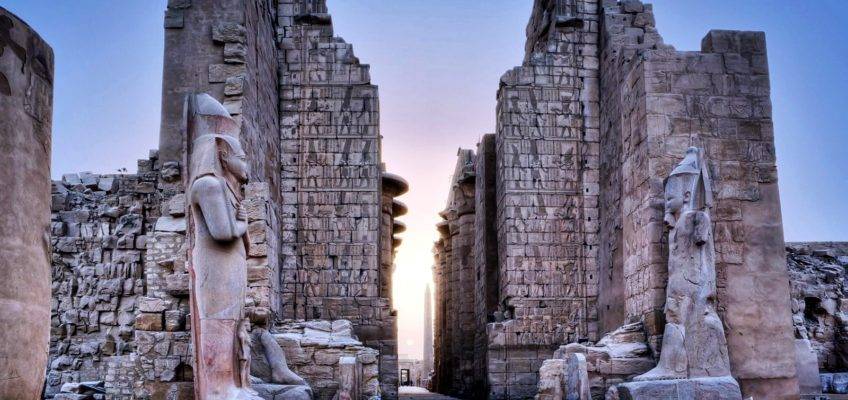



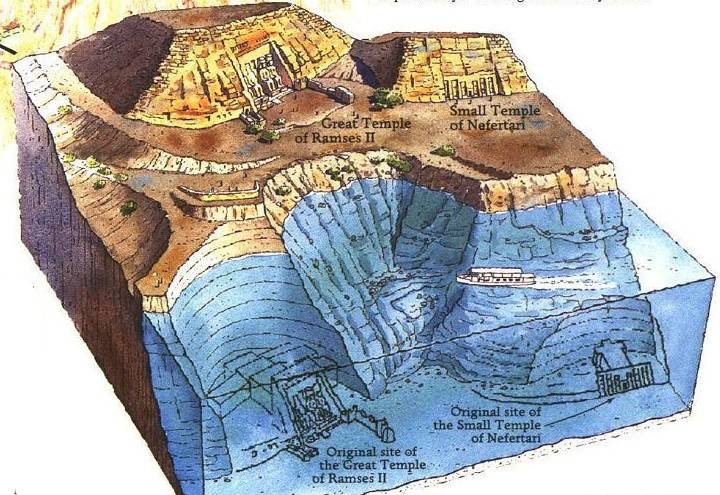



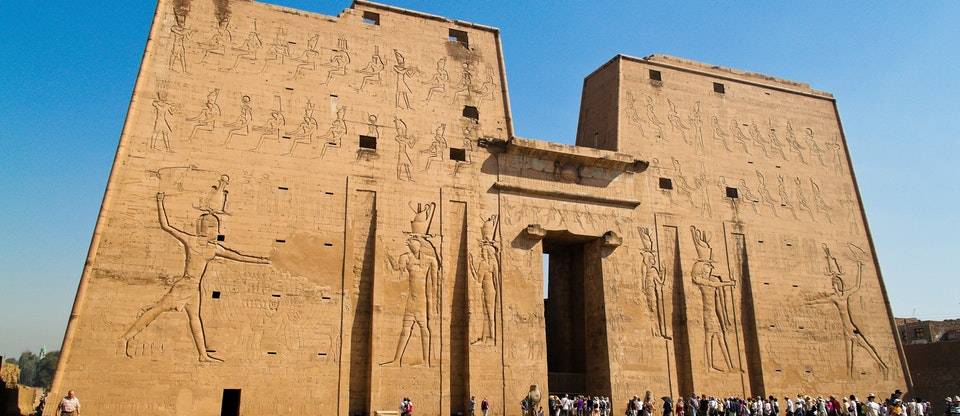

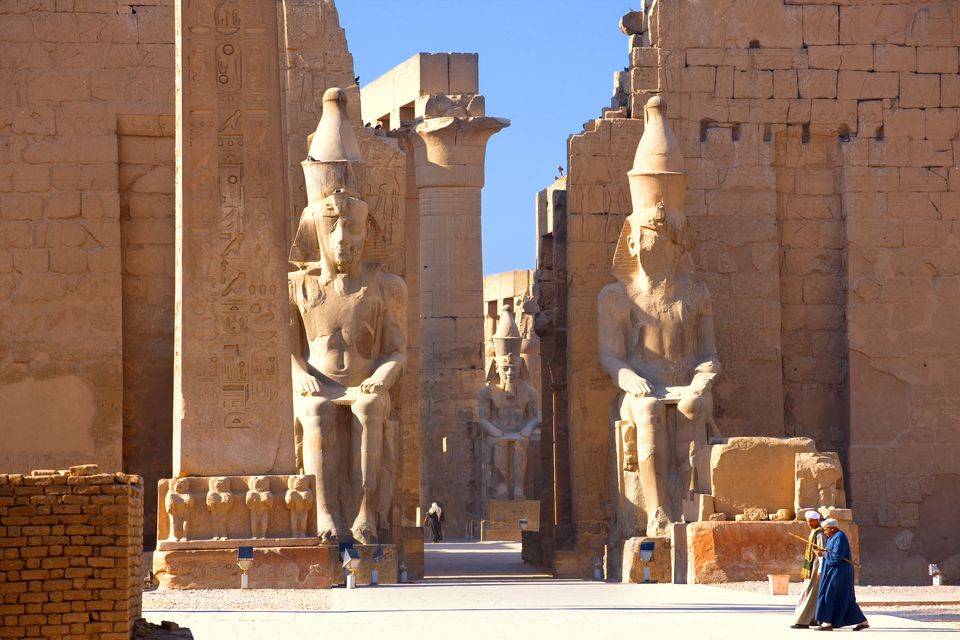



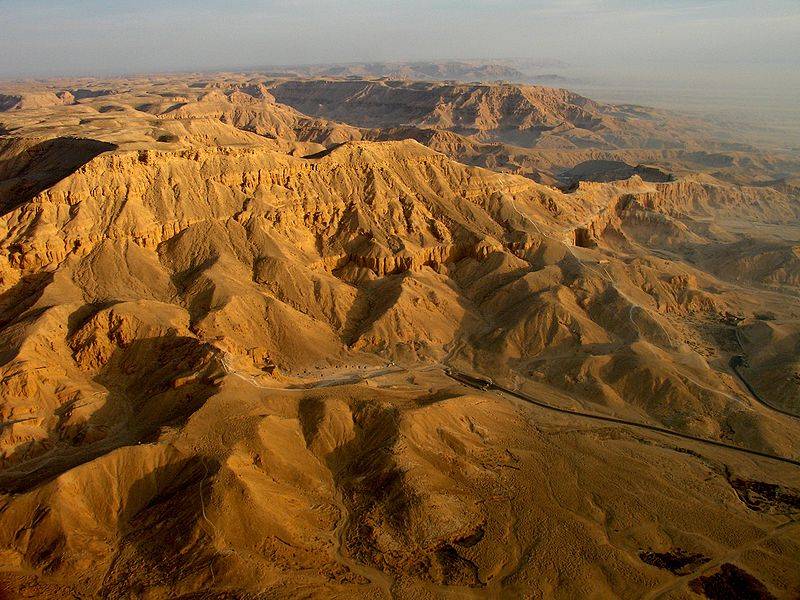


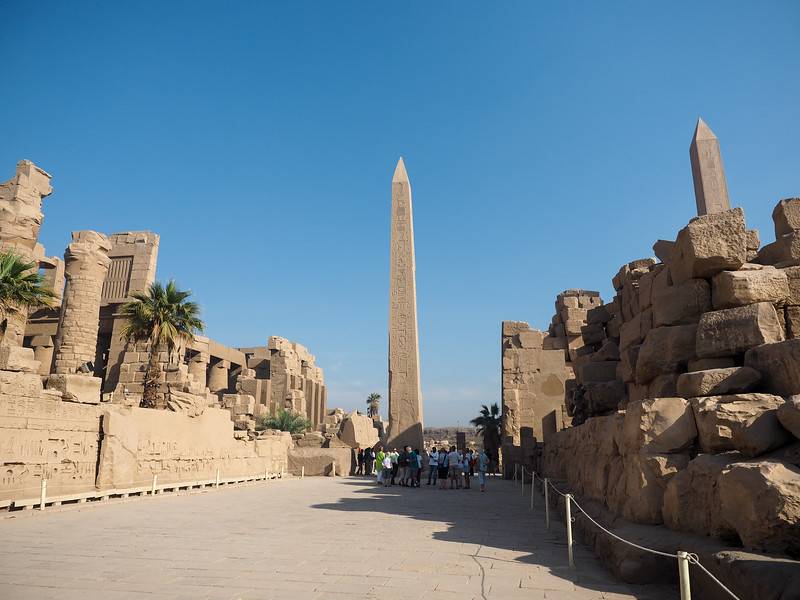

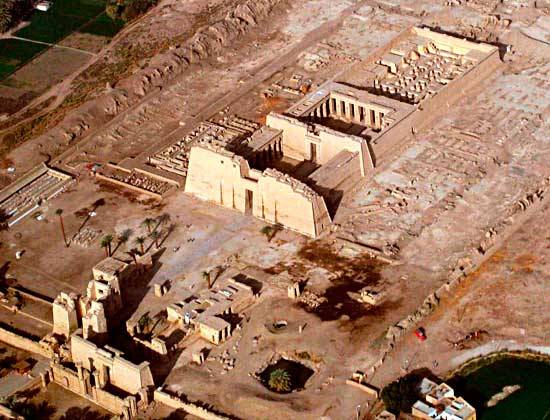
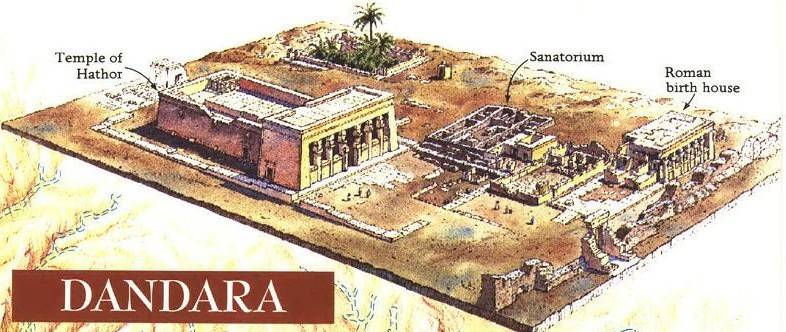
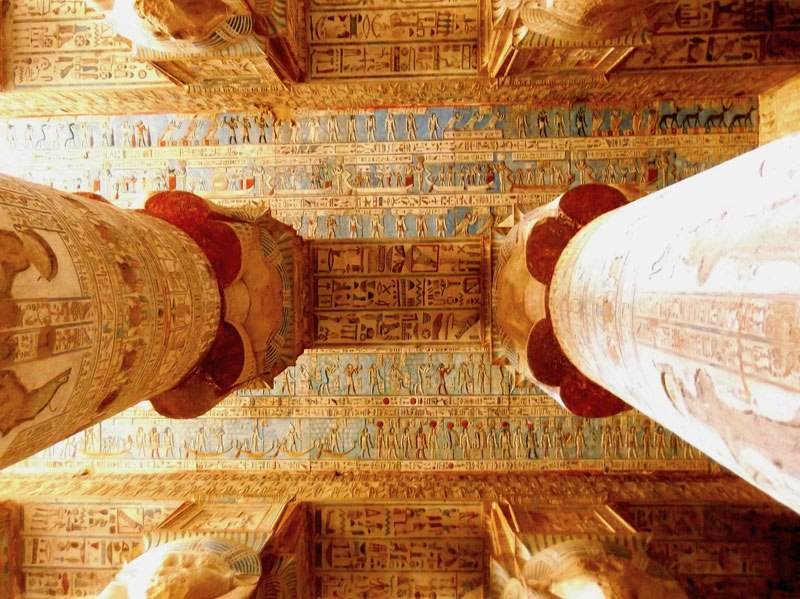
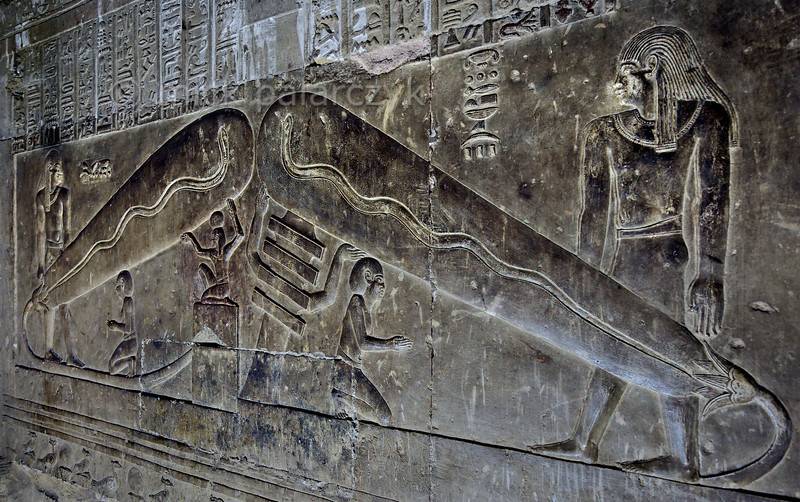
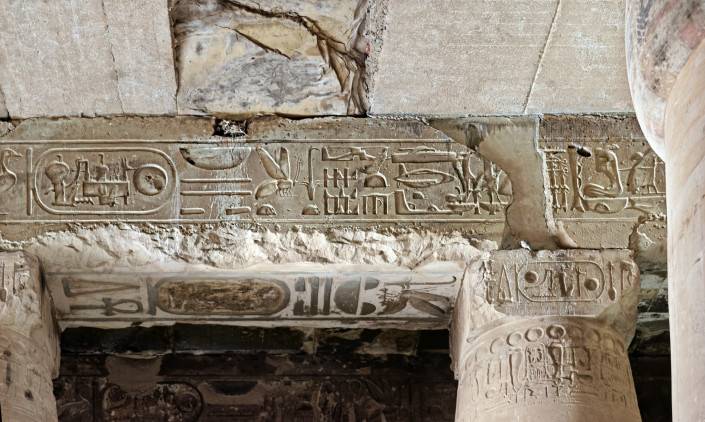








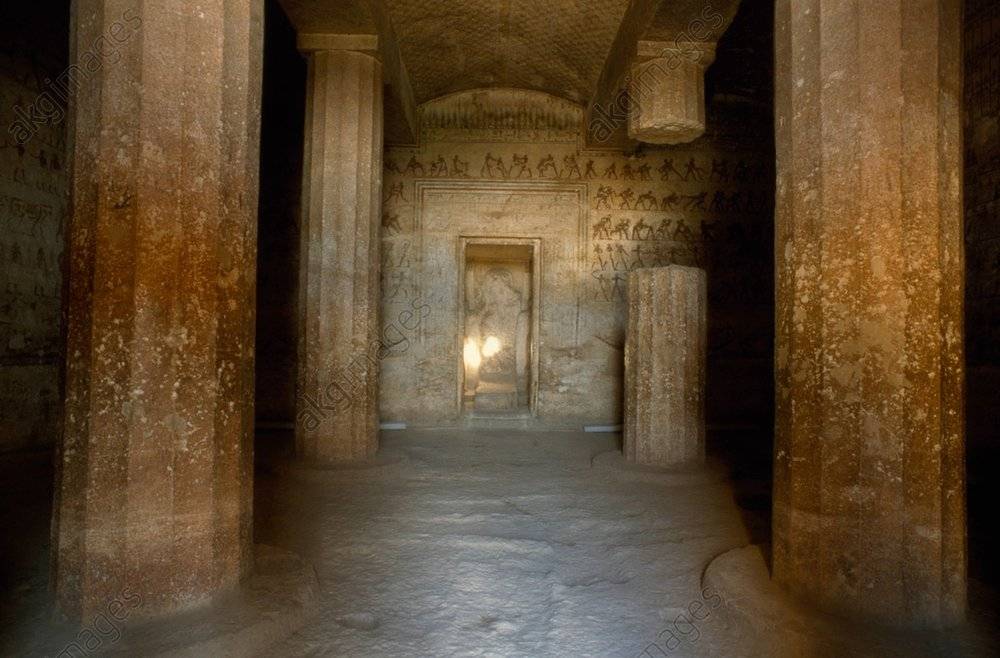







Good day KINGS and QUEENS I love this site, and i appreciate you all showing our true culture to the world. The foundation of life on Mother Earth where peace , love and oneness in abundance thank you RA JAH Guidance AMUN RA
Great post , I’m an amateur Egyptologist, I have been obsessed with Egypt since I was a child , I’ve visited some of these magnificent places but some of the places here I haven’t even heard of and am very excited to learn more about , thank you so much for your knowledge
Love true history! I don’t care what race was first to come, but I do enjoy it being honest. I’ve studied Egyptian history (obviously told of Greek or Latin) throughout my life. I feel compelled to do so. I always knew though, that something was missing. And, it wasn’t until the past few years around 2008 I began learning about Kemet/Kamet and recently in the past couple of years learning about the origin of NTR, better and more honestly known as Nebertcher and the Paut Neteru (tree of life).
I have read much work of R.A. Schwaller’s and other erroneously titled “Egyptologist” along my journey and again something was always missing.
Reading over this article was awesome! I thoroughly enjoyed it. To the writers, thank you very much for all your efforts. It is genuinely appreciated.
Just absolutely fascinating!